Chosen theme: Reducing Urban Heat Through Greenery. Explore how trees, green roofs, and pocket parks can turn scorching streets into breathable, welcoming places. Join our community of city-dwellers planting shade, lowering temperatures, and transforming neighborhoods—one leaf at a time.
Why Greenery Cools: The Science Behind Shade and Evapotranspiration
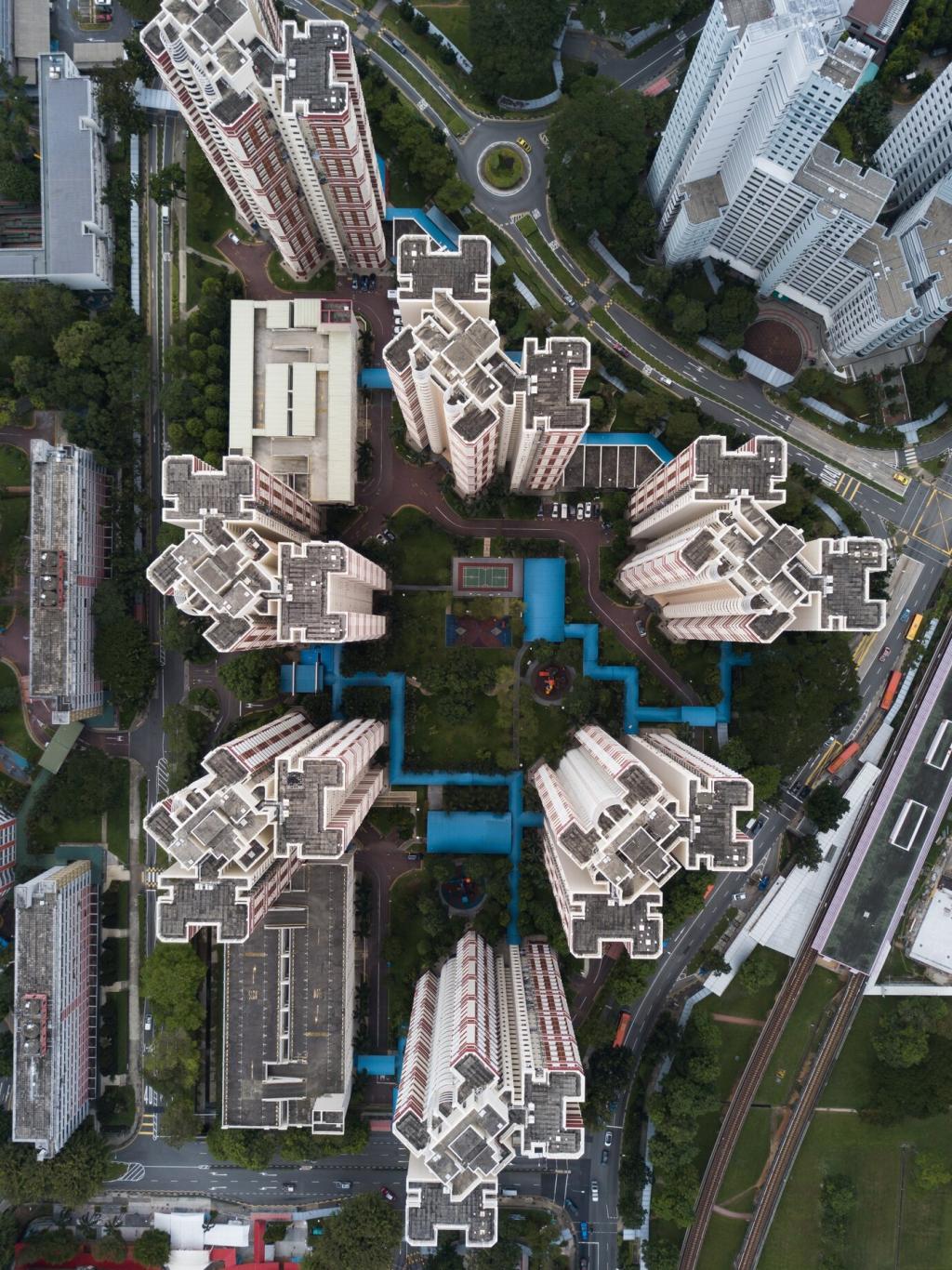
Evapotranspiration, Nature’s Air Conditioning
Plants release water vapor through leaves, absorbing heat and cooling surrounding air. This quiet exchange scales up across parks and tree-lined streets, reducing urban heat through greenery with measurable impacts on comfort and health.

Shade, Albedo, and Surface Temperature
Broad canopies block sun, while leaves scatter light and lower surface temperatures. Pavement that once baked all afternoon cools dramatically beneath trees, proving how reducing urban heat through greenery is both simple and powerful.
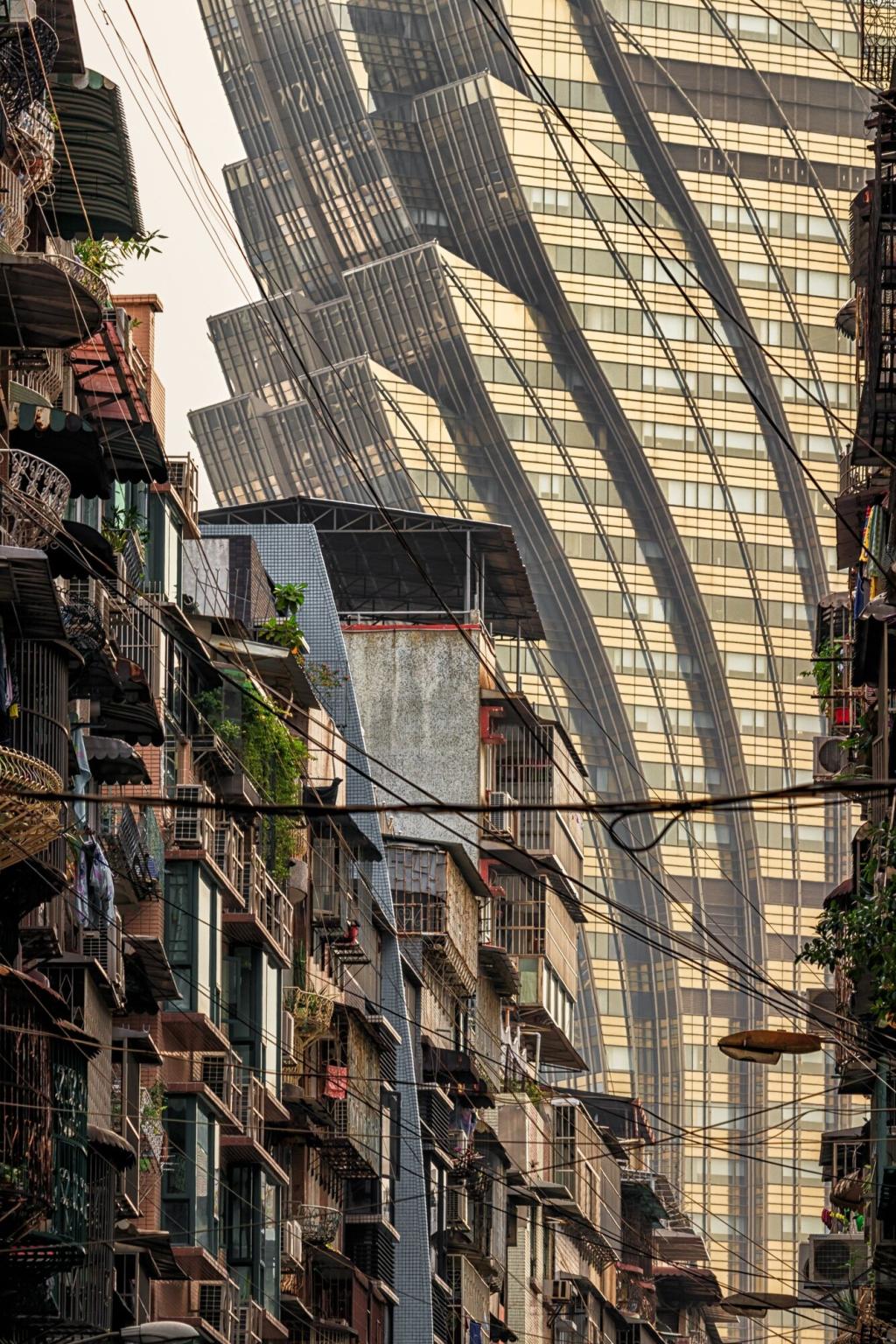
From Heat Maps to Tree Maps
Infrared surveys reveal neighborhoods with fewer trees are consistently hotter. By overlaying canopy data, communities can target blocks most in need, reducing urban heat through greenery exactly where relief is most urgent.
Species with broad crowns, drought tolerance, and strong roots deliver dependable shade. Think hardy oaks, lindens, or drought-tolerant elms—each reducing urban heat through greenery while withstanding compacted soils and reflected street heat.
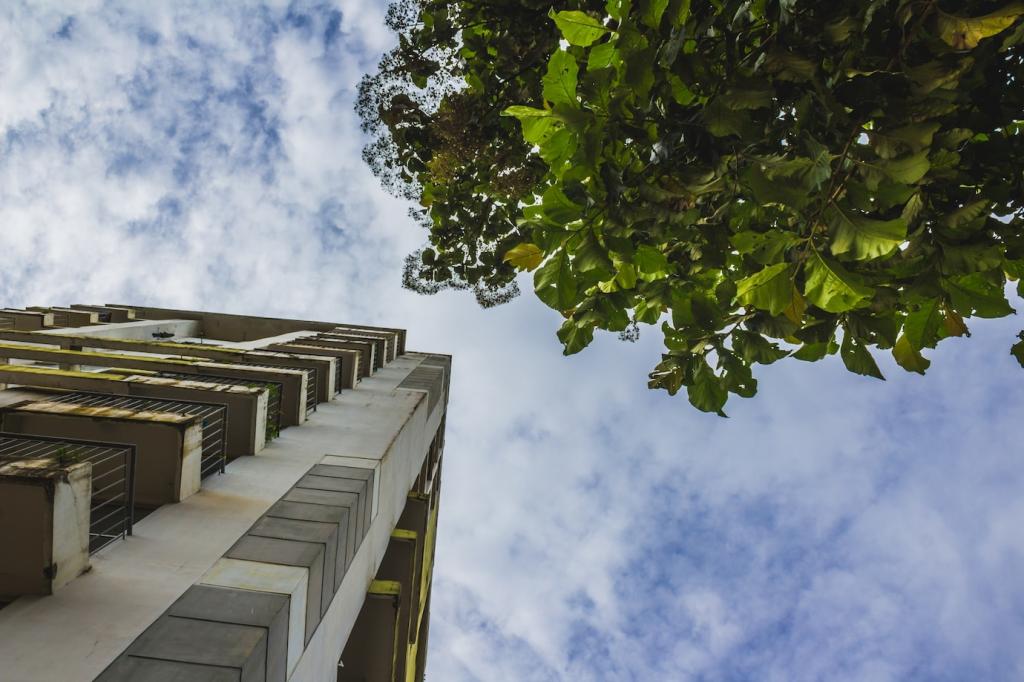
Green Roofs and Living Walls
A green roof’s growing medium, drainage, and plant layer insulate against heat gain. Sedum mats and native grasses reduce rooftop temperatures, cutting HVAC demand and reducing urban heat through greenery above the skyline.
Green Roofs and Living Walls
Vertical gardens add cooling where sidewalks are tight. Vines and modular systems shade masonry, dampen noise, and clean air, reducing urban heat through greenery without sacrificing valuable pedestrian or cycling space.
Green Roofs and Living Walls
Smart irrigation, captured rainwater, and drought-adapted species keep systems resilient. With monitoring and seasonal care, green roofs and walls keep reducing urban heat through greenery during heatwaves that strain city infrastructure.
Pocket Parks and Micro-Forests
Miyawaki Micro-Forests in Urban Gaps
Densely planted native saplings grow quickly, creating layered shade within a few years. These mini woodlands reduce heat, attract pollinators, and help communities keep reducing urban heat through greenery on tiny footprints.
Transforming Vacant Lots into Cool Retreats
Add trees, permeable paths, and benches under shade. A once-barren lot becomes a daily destination, reducing urban heat through greenery while offering neighbors a calm place to gather, read, and breathe easier.
Schoolyards as Neighborhood Cooling Hubs
Replacing asphalt with trees, gardens, and permeable play areas cools not only students but surrounding blocks. Weekend access spreads benefits, reducing urban heat through greenery during summer when relief matters most.
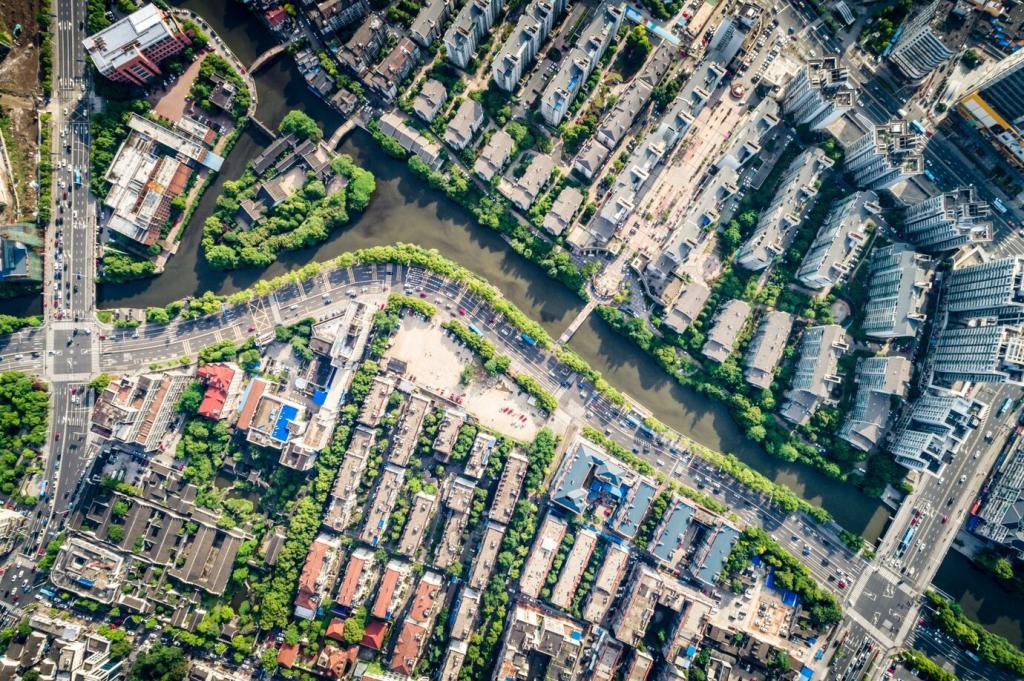
Cities can require street trees, mandate planting setbacks, or incentivize green roofs. Coordinated corridors reduce peak temperatures, reducing urban heat through greenery while linking parks, schools, and transit stops.
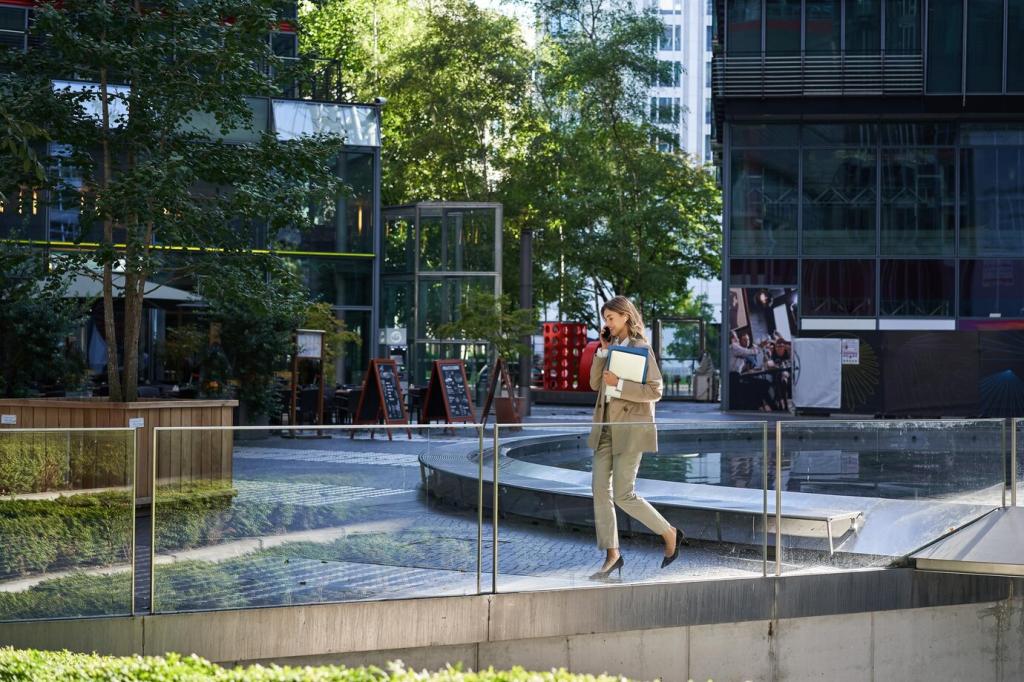
Lower-canopy, lower-income areas often endure the harshest heat. Targeted planting, community stewardship, and maintenance funding reduce disparities, reducing urban heat through greenery where health risks are highest.
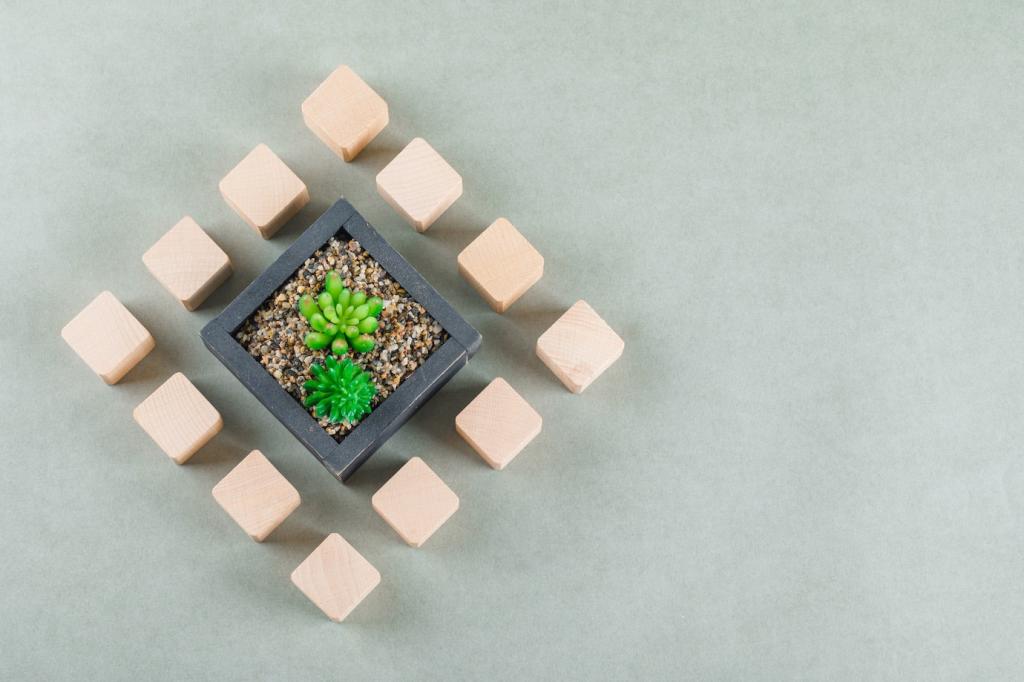
Utility rebates, corporate sponsorships, and neighborhood grants sustain long-term maintenance. With stable funding and clear stewardship, cities keep reducing urban heat through greenery well beyond ribbon cuttings and photo moments.
Real-World Stories of Cooler Streets
Singapore’s Shaded Walkways
From roadside plantings to sky gardens, continuous canopy networks make walking cooler and inviting. The city keeps reducing urban heat through greenery by baking shade into transit, plazas, and everyday commutes.
Melbourne’s Urban Forest Strategy
A bold canopy target united departments and residents. Heat maps guided planting and maintenance, reducing urban heat through greenery and protecting vulnerable streets during record-breaking Australian summers.
Desert Lessons from Phoenix
Heat-adapted trees, shade-first design, and community watering days help a hot-city pioneer. Phoenix demonstrates reducing urban heat through greenery even where rainfall is scarce and pavements radiate intense heat.
Green Your Balcony or Window
Planter boxes with hardy herbs and vines cool façades and interiors while brightening the street. Your photos and tips help others start reducing urban heat through greenery at home today.
Train Vines and Add Living Shade
Guide climbers along trellises or pergolas to shade patios and alleys. With a rain barrel and mulch, you’ll be reducing urban heat through greenery while creating an inviting, fragrant microclimate.
Measure, Share, and Subscribe
Use a simple thermometer to log sidewalk temperatures before and after planting. Post results, tag your neighborhood, and subscribe for monthly guides on reducing urban heat through greenery together.
